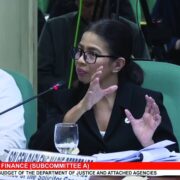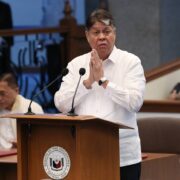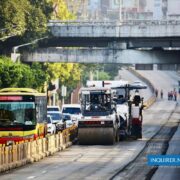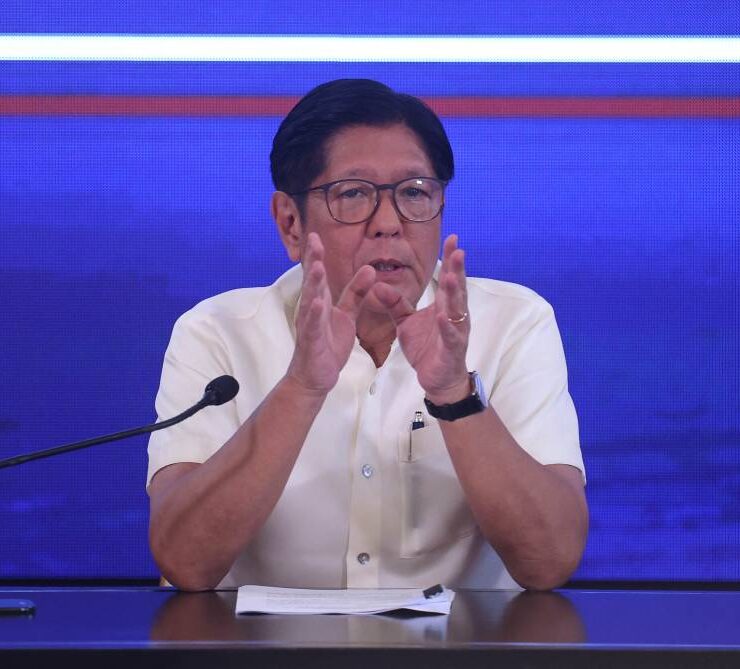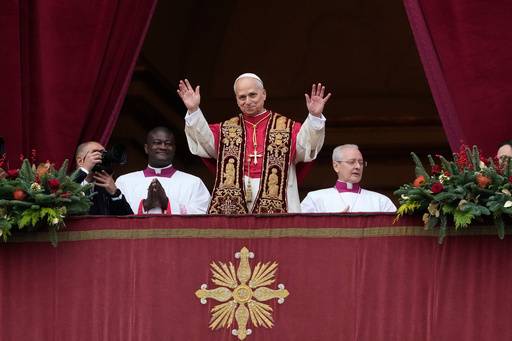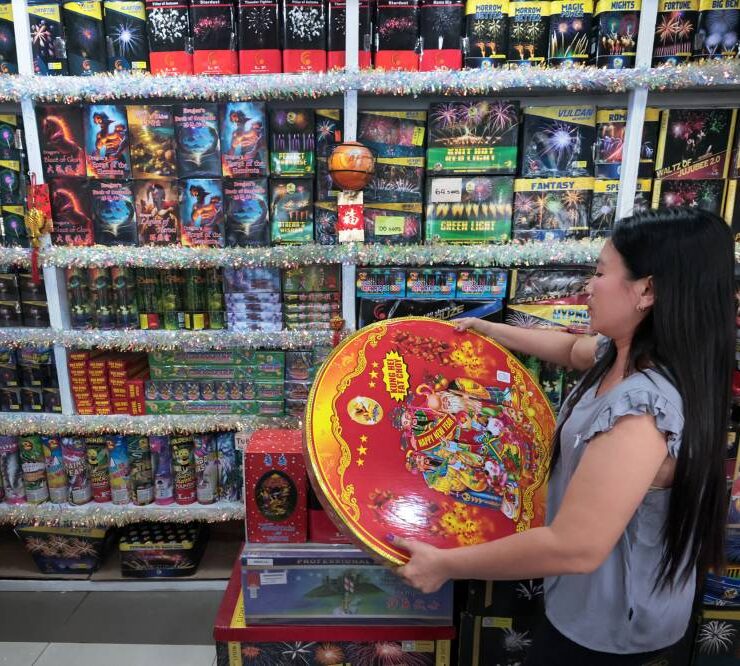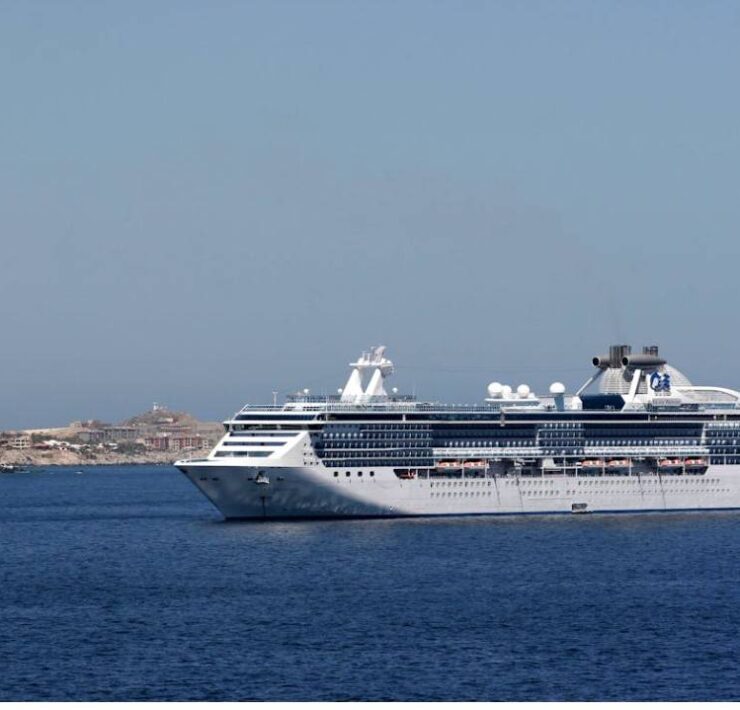LGUs must account for their tax share

Feeling that they were being “shortchanged,” mayors across the country asked the Department of Finance (DOF) for a full accounting of the 40-percent share of local government units (LGUs) from national taxes. They were referring to the 2018 Supreme Court decision affirming that local governments are entitled to 40 percent of all national government taxes, and not just collections of the Bureau of Internal Revenue. The high court upheld the arguments made by local officials led by Batangas Gov. and lawmaker Hermilando Mandanas and former Bataan Gov. Enrique Garcia, who sued the government in 2013.
Formerly called the internal revenue allotment of provinces, municipalities, cities and barangays, this was expanded to include other revenue sources such as the collections of the Bureau of Customs and the value-added tax and is incorporated in the General Appropriations Act (GAA) under the new name national tax allotment (NTA). It took effect during the Duterte administration and the impact of the Mandanas-Garcia Doctrine on national expenditures was eased by enforcing a complete transfer of several national government functions to local governments.
The anticorruption movement Mayors for Good Governance (M4GG) claimed that, according to its computations, they were receiving only 31 percent instead of the full 40 percent in accordance with the Mandanas-Garcia ruling. The League of Cities of the Philippines (LCP) later joined the clamor.
‘Productive dialog’
In a meeting last week, Finance Secretary Ralph Recto said he has resolved the concerns of LGUs during a “productive dialogue” with city mayors, including M4GG convenors Baguio City Mayor Benjamin Magalong, the LCP secretary general, and Quezon City Mayor Joy Belmonte, the acting LCP president, and Dumaguete City Mayor Felipe Antonio Remollo.
“We did not change or amend anything,” Recto said, pointing that while the high tribunal compelled it to include all national tax collections in the computation of the NTA base, the same ruling exempted those revenues dedicated to special purpose funds and special allotments for the use and development of government resources as provided for in the Constitution.
Now that the DOF has accounted for the just share of LGUs in national government taxes, it’s the turn of the governors of 82 provinces and mayors of 1,493 municipalities and 149 cities to provide their constituents with an accounting of where their bigger share of national taxes went. This becomes doubly important with the coming local elections in May as it will help Filipinos choose the best person to lead them in the next three years. In the 2025 national budget alone, the NTA of LGUs is P1.034 trillion.
Poverty incidence
They can look at the latest poverty level per region released by the Philippine Statistics Authority revealing the disparity in their economic conditions. The poverty incidence nationwide was estimated at 10.9 percent in 2023. The National Capital Region was the least poor, with an impressive poverty incidence of only 1.1 percent in 2023, down from 2.2 percent in 2021. Most provinces in the main island of Luzon also had single-digit poverty incidence levels.
There are, however, more regions with double-digit rates. Mimaropa, 16.3 percent (worst in Romblon at 23 percent and Occidental Mindoro at 20.6 percent); Bicol, 20.3 percent (Sorsogon at 28.4 percent and Catanduanes at 23.5 percent); Negros, 22.6 percent; Central Visayas, 12.3 percent; Eastern Visayas, 20.3 percent (except Southern Leyte at 7.1 percent and Biliran at 8.5 percent); Zamboanga Peninsula, 24.2 percent (highest in Zamboanga del Norte at 37.7 percent); Northern Mindanao, 18.4 percent (highest in Lanao del Norte at 25.2 percent); Soccsksargen, 17 percent (worst in Sultan Kudarat at 26.4 percent); Caraga, 14.9 percent (except Surigao del Norte at 6.8 percent); Bangsamoro Autonomous Region of Muslim Mindanao, 23.5 percent (highest in Basilan, Cotabato City, Tawi-Tawi and Maguindanao at more than 30 percent). Davao is mixed, with Davao de Oro at 7.1 percent but Davao Oriental at 29.1 percent.
Good starting point
Voters should start asking why other provinces, cities and municipalities are better off than theirs. Are they better off now than they were 10 years ago? Are their roads in order? Is garbage collected regularly? Are basic necessities readily available at reasonable prices? Do they have enough health facilities or do they need to travel to distant provinces to get medical attention? Is it safe to walk on the streets?
Knowing where their mayors and governors spend their NTA will be a good starting point. As Belmonte correctly commented that the public will benefit from a “full and transparent accounting” of the NTA by the DOF, the people will gain more from a similar “full and transparent accounting” from their local officials of where these monies went. Then, hopefully, Filipinos will finally vote wisely for local officials who will spend these huge amounts for their constituents’ welfare in the coming years.






